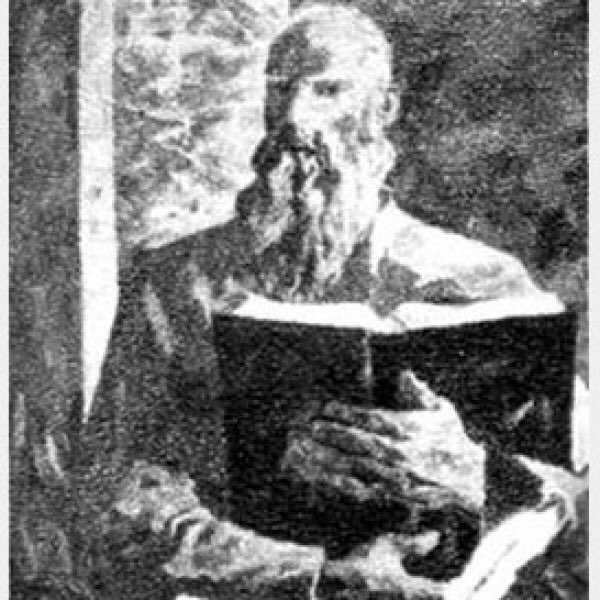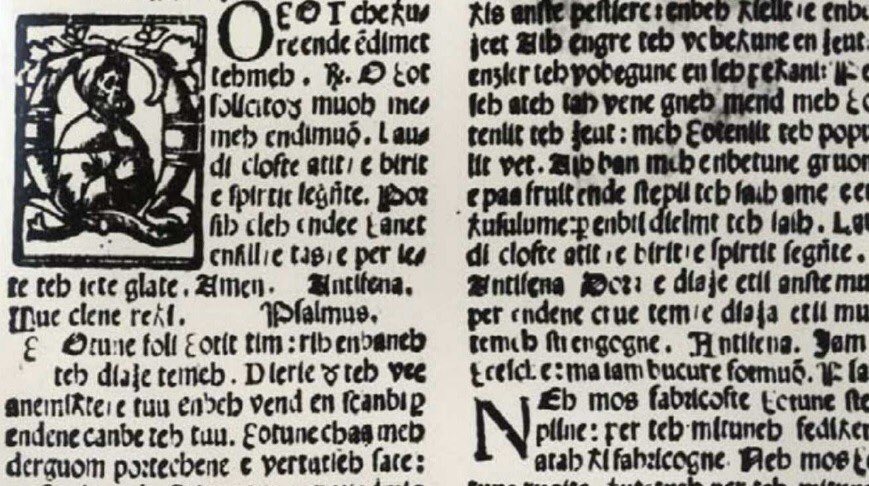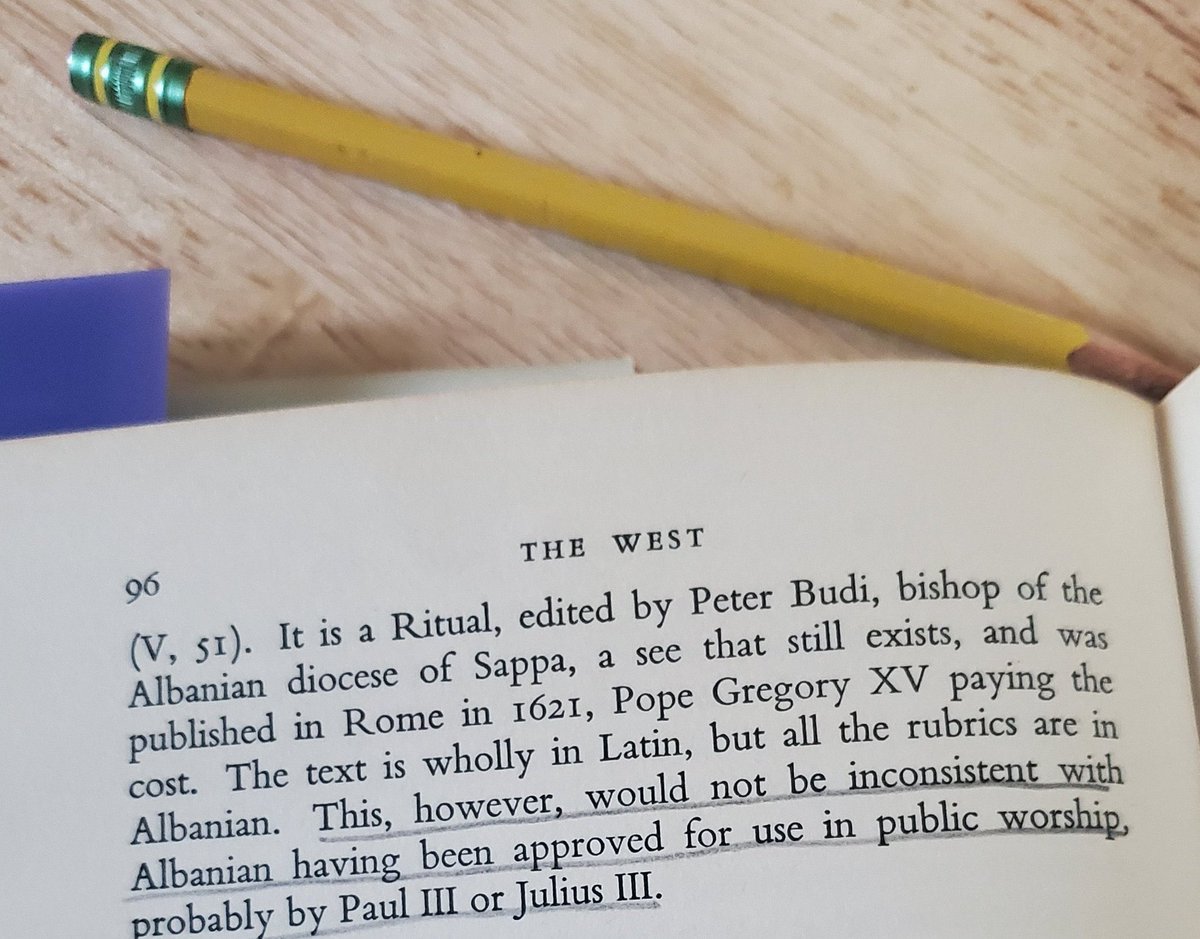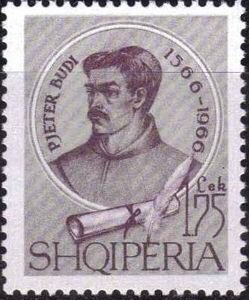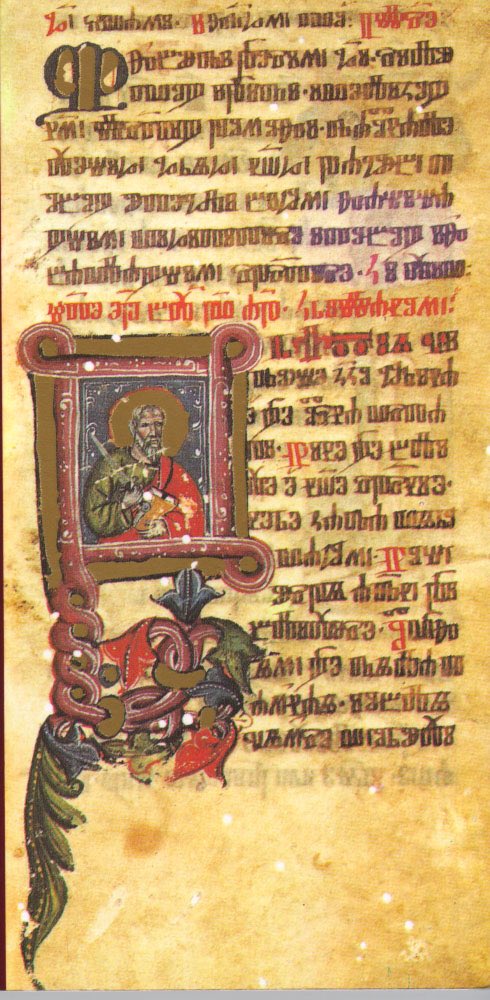Among Albanians, it’s widely a well known fact that Fr. Gjon Buzuku published a liturgical book in Gheg Albanian called “Meshari” (The Missal) in 1555. Meanwhile, the Council of Trent was being held from 1545-1563) This happens to be the first (found) published book in Albanian.
The controversy about it is its historiographical interpretation. Marxist Albanian historians tried to fit the anti-Catholic narrative according to the government’s ideology. Buzuku’s Missal was interpreted as rebellion against the Catholic Church.
Even today, many consider it as the first Protestant movement in Albania. The arguments go as: “Liturgy in vernacular was forbidden by Rome; only Latin was used.” But is this true? History of the liturgy tells us the opposite.
In some cases, vernacular was used even in the Middle Ages and Early Modern era. Liturgist Korolevsky emphasizes this in his studies.
Therefore, unlike some historians claim, the Holy Mass was actually celebrated in Albanian with permission of the Holy See. It has nothing to do with the Protestant movement, vernaculars have been used widely in Europe.
Marxist historians preferred to ‘protestantize’ Fr. Gjon Buzuku, because they needed an anti-Catholic narrative. The Missal was translated because the faithful and seminarians didn’t understand Latin. It must have been hard to train seminarians in the Ottoman Empire.
The Missal itself was printed and published in Rome, thus, if it was illicit, it would have been impossible to escape censure. After Buzuku, despite Council of Trent, this tradition was continued by other prelates.
Mons. Pjeter Budi, financially supported by the Pope himself, published the rituals in Albanian. Therefore, Korolevsky says the previous translations must have been allowed by the previous Popes.
We find the same example in other Balkan neighbor countries. The Catholic liturgy (known as the Roman Rite) was celebrated in vernacular in Croatia, and elsewhere. The Croatian Missal (Missale Romanum Glagolitice) was published in 1483.
In conclusion, vernacular liturgy was used with permission of the Catholic Church. I owe special thanks to my friend, @sergeigoliv for sharing with me Korolevsky’s excerpts.
As well, read @sergeigoliv explanation on the vernacular liturgy. https://twitter.com/sergeigoliv/status/1381456784364199936">https://twitter.com/sergeigol...

 Read on Twitter
Read on Twitter
